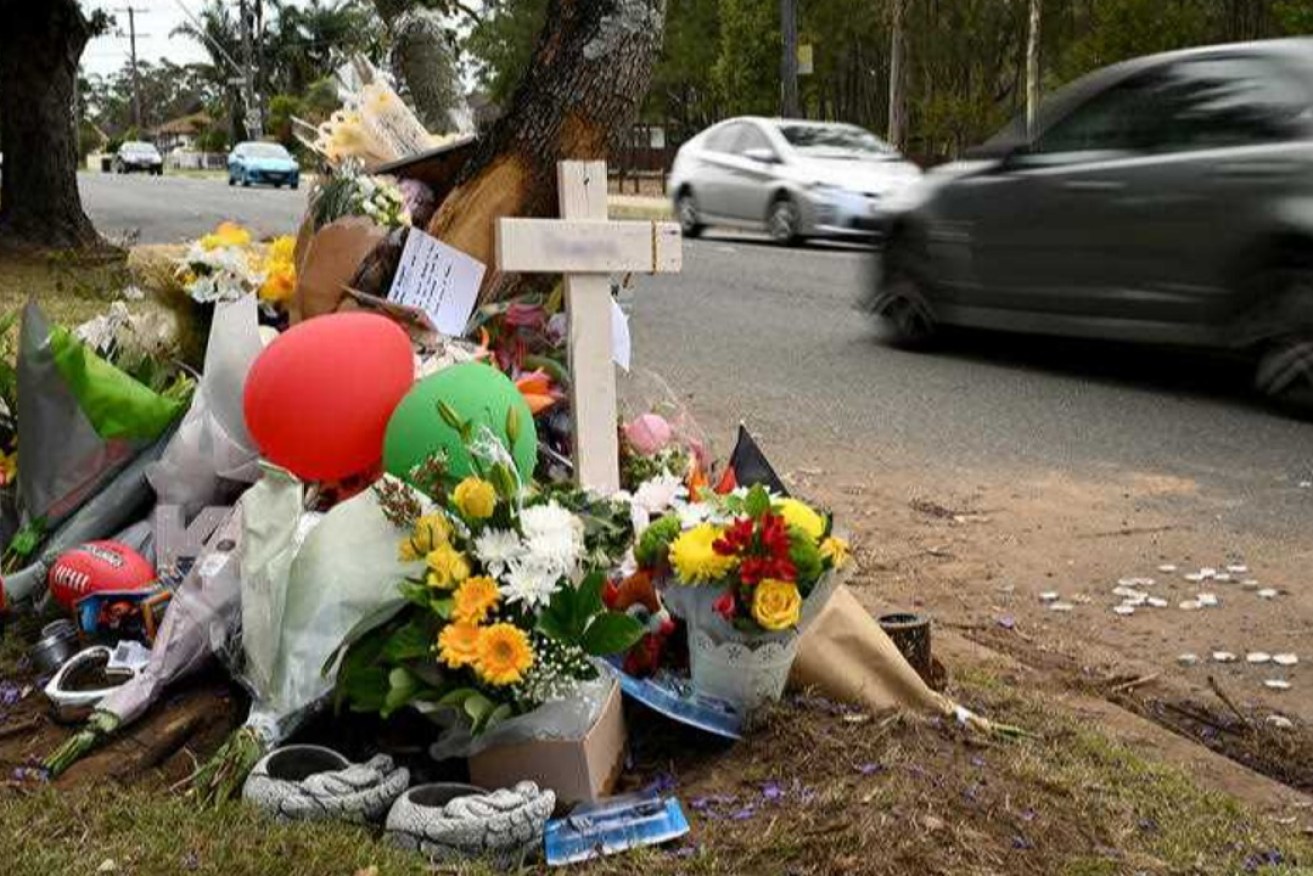Call to reveal more data amid grim road deaths tally
A road safety group is urging a rethink on how crashes can be prevented after the past six months proved the most deadly in 13 years.

Road safety advocates are calling on federal and state governments to make more data public after the worst year on Australian roads in 2023. Photo: AAP Image/Dan Himbrechts
Road safety advocates say state and territory governments are withholding data that could be used to prevent crashes following the deadliest six months on Australia’s roads in 13 years.
The Australian Automobile Association (AAA), which includes transport groups and insurers, has compiled figures which it says show the case for change.
Some 677 people died on Australian roads in the last six months of 2023, which is the most for a six-month period since 2010.
The figures include drivers, passengers, pedestrians, motorcyclists and cyclists, and are based on government data.
For the full year, deaths rose 7 per cent on 2022 levels to 1266.
South Australia, NSW and Victoria recorded increased fatalities, with SA recording a 64 per cent increase. There were 117 deaths on SA roads in 2023.
Deaths in NSW and Victoria rose by more than 20 per cent and were 351 and 294, respectively.
Asked about the sharp rise in SA, Police and Emergency Services Minister Joe Szakacs said more than a quarter of a billion dollars was being spent to make the roads safer.
His office recently released an advertising campaign targeted at drivers not using seatbelts.
In 2023, not wearing a seatbelt contributed to 10 per cent of deaths on South Australia’s roads, while nearly 3,000 people received fines.
“It’s mind boggling that people on our roads are not wearing their seatbelt when we know how effective they are at reducing trauma on our roads,” Szakacs said.
However, the AAA is arguing for change across the nation.
Managing director Michael Bradley argues the increasing deaths show the National Road Safety Strategy is off track.
The strategy aims to reduce annual deaths by at least 50 per cent by 2030.
Bradley said there was a lack of data to understand the increase in deaths.
He said states and territory governments had valuable data on road quality, crash causes, the effectiveness of law enforcement and more. However, the data is not public.
“Sharing it would reveal valuable insights to guide road investment, law enforcement, and policy changes,” Bradley said.
It would also improve public confidence that road funding was saving lives, he said.
Bradley wants the federal government to compel its peers to share the data.
Federal Assistant Minister for Infrastructure and Transport Carol Brown said the Albanese government had made improving road safety data one of guiding principles of its National Road Safety Action Plan 2023/24.
Senator Brown said the action plan aimed to have a national, shared set of road safety data.
She said this was part of the goal of having zero deaths and serious injuries on roads by 2050.
The government is also staging a national road safety conference in next few months that will be attended by road safety and police ministers from across the nation.
The government also claims to have increased funding for the Black Spot Program to fix roads, as well as a series of funding measures to promote safe travel and improve road maintenance.
– with AAP




